I face a problem, common I guess.
I have a project which is store in github.
I need it to run for: production, testing and different developers.
The project uses maven profiles to set some parameters.
The project has also a spring profile: currently only DEV which initialize a DB.
The project uses external software with specfic configuration files.
I need to have the project in production but being able to serve development versions.
The question: can I use git ignore locally within developers to distribute the code and still store the files in github?
Or would you have a different solution?
The actual question is: Can I use git ignore locally for some configuration files and still have the files on the main repository? Updated by only the production users?
